Looking for cheap strategies to Prolong Growing Season
Jami
last year
Featured Answer
Comments (27)
daninthedirt (USDA 9a, HZ9, CentTX, Sunset z30, Cfa)
last yearlast modified: last yearrobert567
last yearRelated Discussions
Quick growing cheap grass seed?
Comments (4)Winter Rye, will grow pretty darn quick, even when its fairly cool. Though what I would do is seed with a mixture of both the quick growing annual rye and the eventual grass that you want to grow there... both will start growing, the rye quick and fast, the other stuff slow and steady to fill in after the rye dies back. When working on a slope you may want to cover your seed bed with an erosion control fabric. My preference is North American Green products......See MoreGarlics planted for 2013-2014 growing season
Comments (43)"Re-reading this thread, I realized that I initially missed the significance of that comment." As did I and would appreciate the info. Got to play a bit today before the rain set in ... Patch #1 is starting to look more like a corn patch ;) Patch #2 is trying to catch up ... Patch #2 is limited to the first 2 beds from the left ... next bed over is onions and then tater patch #2. Will most likely never do this again ... but, for now, it seems pretty .... and keeps me busy....See MoreQuick growing cheap grass seed?
Comments (4)I can recommend the lesco brand seed from home depot. Cost less than the others and I like it a heck of a lot better as far as texture and color. It also beats the more known names for germination with a very big stick in my opinion and I have tied a few. The lesco sprouted quite well in the crud hard clay we seeded for erosion until we can get to it. It germinated outstanding in the area we worked the soil and seeded for HOA happiness. We did use the lesco starter fertilizer - this is great stuff and a little goes a long way....See More2011 Warm-Season Variety Grow List
Comments (47)Just wanted to address the picture (my pics) issue really quickly. I have often been accused of over-sharing on the internet. I live on a corner lot, so anyone who frequents this forum could probably drive by and recognize my garden. If a pedophile is lurking here, they could see my kids and perhaps figure out where I live. That does concern me somewhat, but I watch my kids like a hawk, and I think that a true pedophile has many more extensive and disgusting sources of phtos than my baby butt garden pics. I can't help but share pics of my garden and my kids, they are my biggest sources of pride and I just love to share. I know I am naive but I feel in my heart that most if not all gardeners are good folks. I trust this forum and I feel safe here. As for my grow list: I am going to try to grow Nematode Resistant plants when possible. I am scaling back this year as far as varieties for this reason. I am currently on a seed hunt for: Pole Beans: Poamoho or Alabama No 1 Bush Beans Monoa Wonder or Harvester Lima Bean Nemagreen Bell pepper charleston belle or carolina wonder Wando Peas My herbs, lettuces, spinach etc don't seem affected by RKN so I will again grow tons of them. I hope to grow around 20 Nematode resistant tomatoes (assorted). I cannot find any nematode resistant cucs, squash, or soybeans, so I am unsure what I will do for those or if I will just skip them this year. I'd also love to grow carrots and beets but last year both were a complete failure (tiny stunted crop). Jo...See Moredaninthedirt (USDA 9a, HZ9, CentTX, Sunset z30, Cfa)
last yearlast modified: last yeardaninthedirt (USDA 9a, HZ9, CentTX, Sunset z30, Cfa)
last yearlast modified: last yearfloral_uk z.8/9 SW UK
last yearL Clark (zone 4 WY)
last yeardaninthedirt (USDA 9a, HZ9, CentTX, Sunset z30, Cfa)
last yearlast modified: last yearrosaprimula
last yearJohn D Zn6a PIT Pa
last yeardaninthedirt (USDA 9a, HZ9, CentTX, Sunset z30, Cfa)
last yearlast modified: last yeartheforgottenone1013 (SE MI zone 5b/6a)
last yearlast modified: last yeardaninthedirt (USDA 9a, HZ9, CentTX, Sunset z30, Cfa)
last yearlast modified: last yeardaninthedirt (USDA 9a, HZ9, CentTX, Sunset z30, Cfa)
last yearlast modified: last yearprairiemoon2 z6b MA
last yearlast modified: last yearDonald V Zone 6 north Ohio
last yearlaceyvail 6A, WV
last yearrosaprimula
last yearlast modified: last yearrosaprimula
last yearlast modified: last yearprairiemoon2 z6b MA
last yearlast modified: last yeardaninthedirt (USDA 9a, HZ9, CentTX, Sunset z30, Cfa)
last yearlast modified: last yearprairiemoon2 z6b MA
last yearlast modified: last yearkevin9408
last yearprairiemoon2 z6b MA
last yearlast modified: last yearHighColdDesert
last year
Related Stories
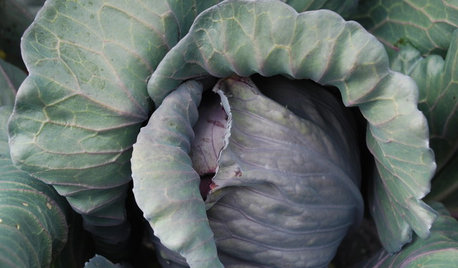
COOL-SEASON CROPSCool-Season Vegetables: How to Grow Cabbage
Give soups and stews an unbeatably fresh flavor with this ever-popular fall garden favorite
Full Story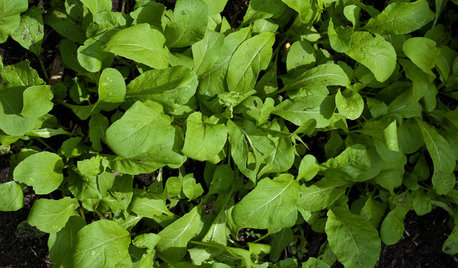
COOL-SEASON CROPSCool-Season Vegetables: How to Grow Salad Greens
From arugula to radicchio, greens have taken a top spot on the table and in fall and winter gardens. See how to start growing them now
Full Story
SAVING WATERWater-Saving Strategies From 5 Earth-Friendly Gardens
Get ideas for setting up a rain garden, installing a water cistern, mulching garden beds, growing native plants and more
Full Story
FURNITUREHow to Keep Your Upholstery Looking Good
You wouldn't expect your car to maintain itself. Show your sofa and chairs the same courtesy with this 3-part strategy
Full Story
EDIBLE GARDENSSummer Crop: How to Grow Blueberries
Plant blueberries in spring or fall for garden beauty through three seasons — and a sweet superfood in summer
Full Story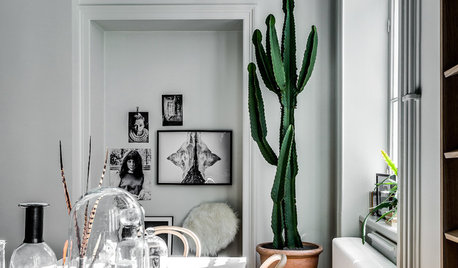
HOUSEPLANTSCandelabra Tree Is One Cool Cactus Look-Alike
Here’s everything you need to know about growing this dramatic, easy-care plant indoors
Full Story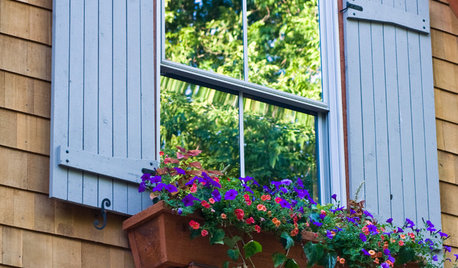
CURB APPEALHow to Make a Window Garden Grow
Get the scoop on materials, installation, plantings and more to bring the charming look of window boxes to your home
Full Story
EDIBLE GARDENSSummer Crops: How to Grow Tomatoes
Plant tomato seedlings in spring for one of the best tastes of summer, fresh from your backyard
Full Story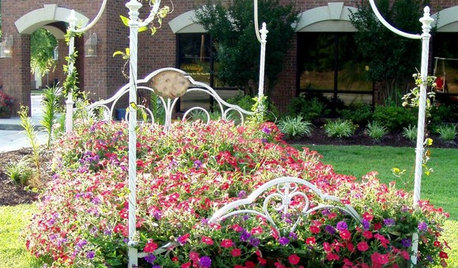
CONTAINER GARDENSYes, You Can Grow a Plant In That
You can upcycle your old typewriter, paint cans, tires and many more things into places for your plants
Full Story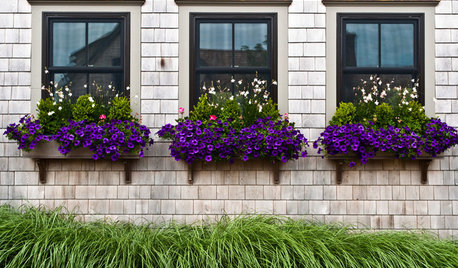
GARDENING GUIDESWindow Box Planting Ideas for 4 Seasons of Interest
Dress up your home’s windows with flowers, foliage and more for year-round curb appeal
Full Story



floral_uk z.8/9 SW UK